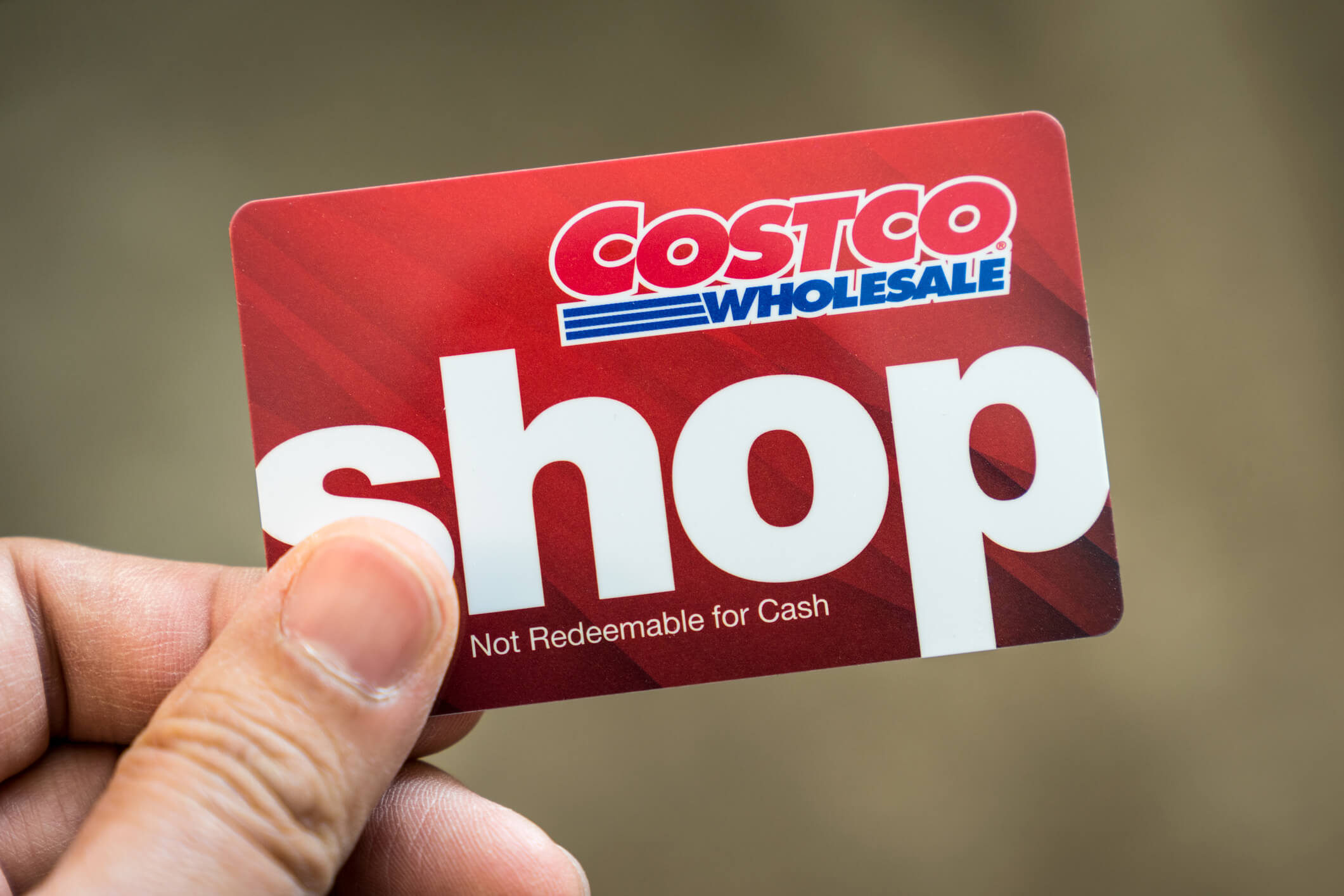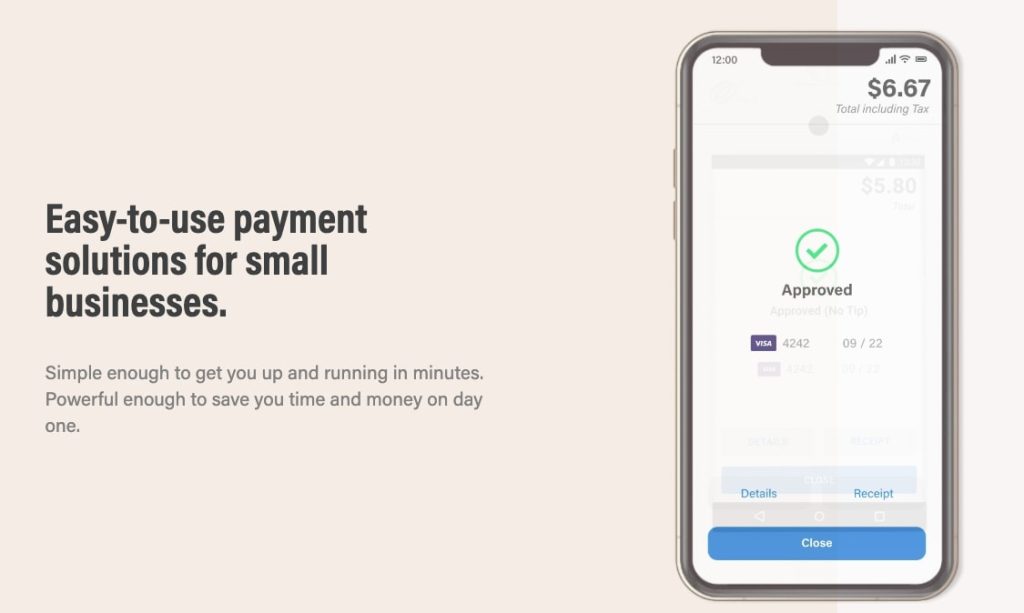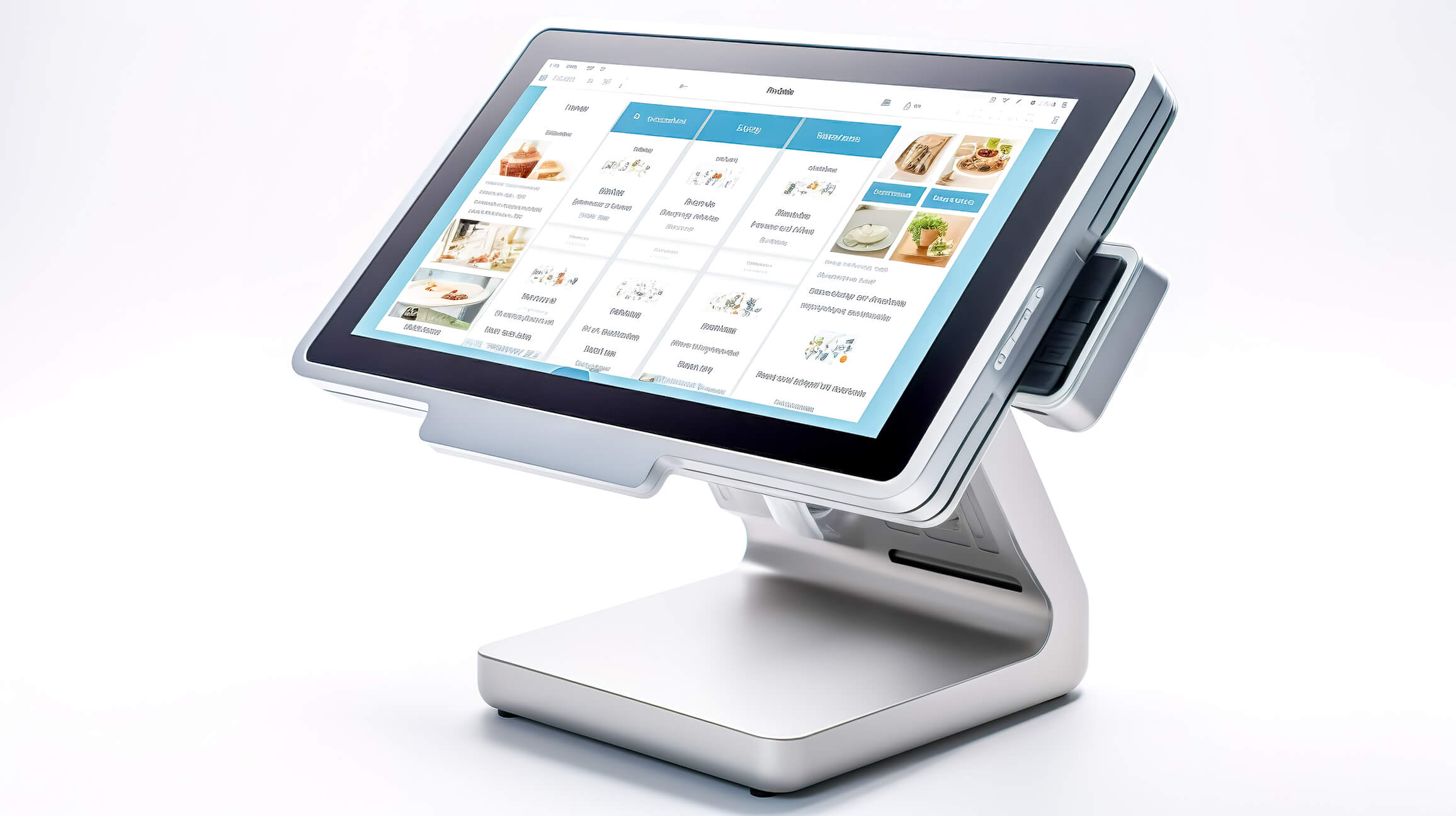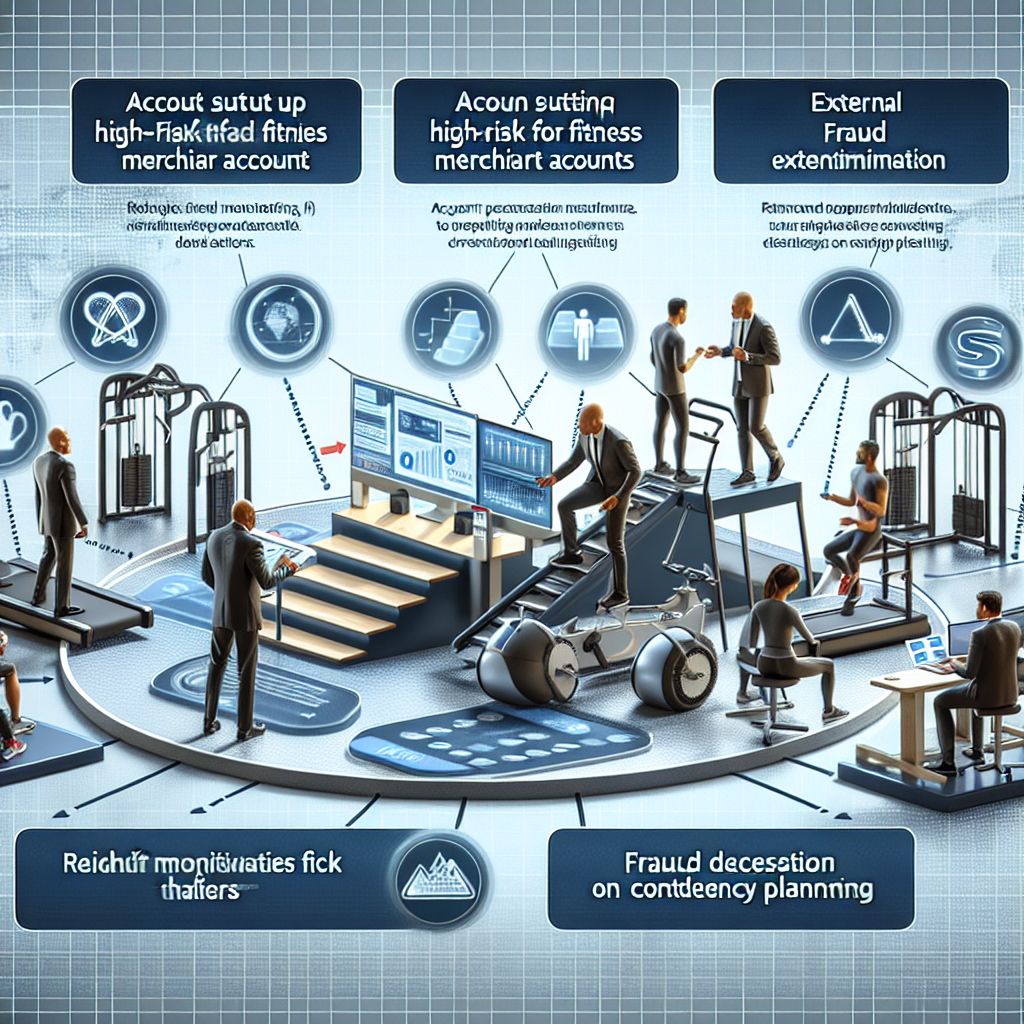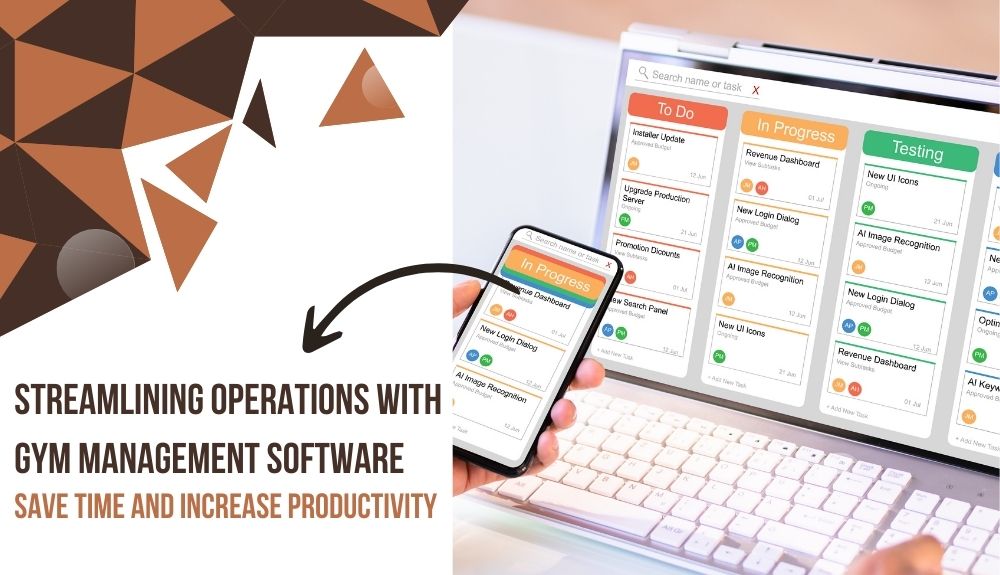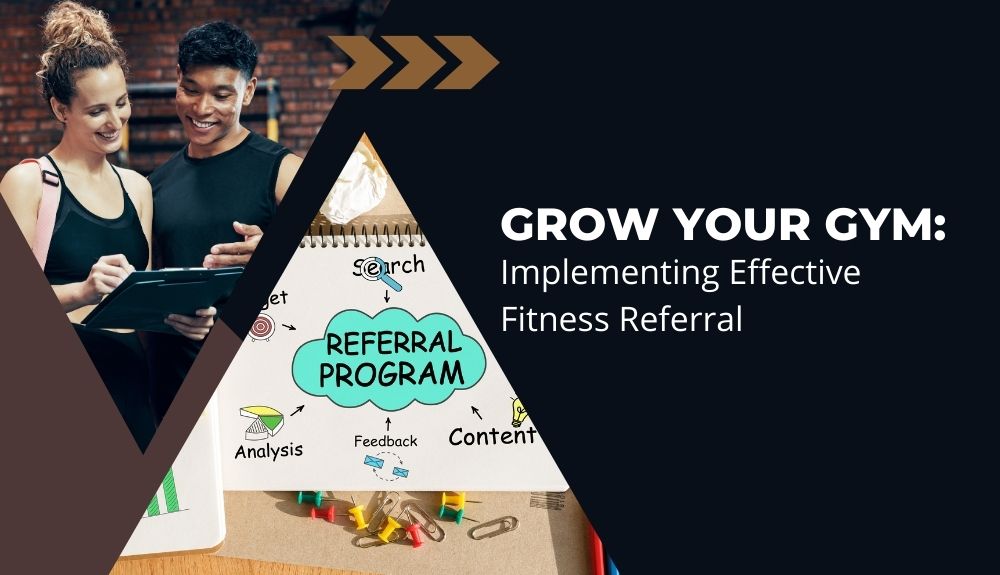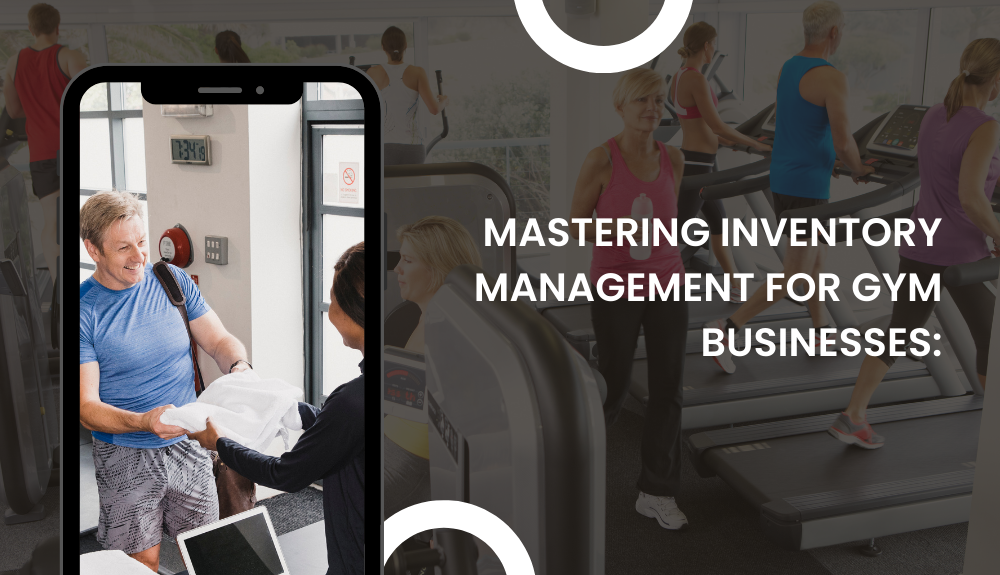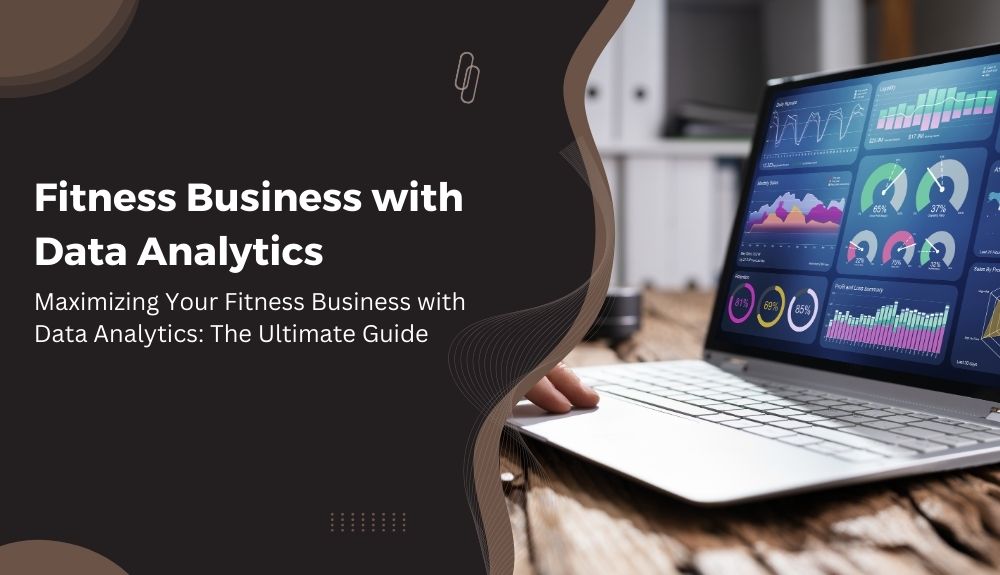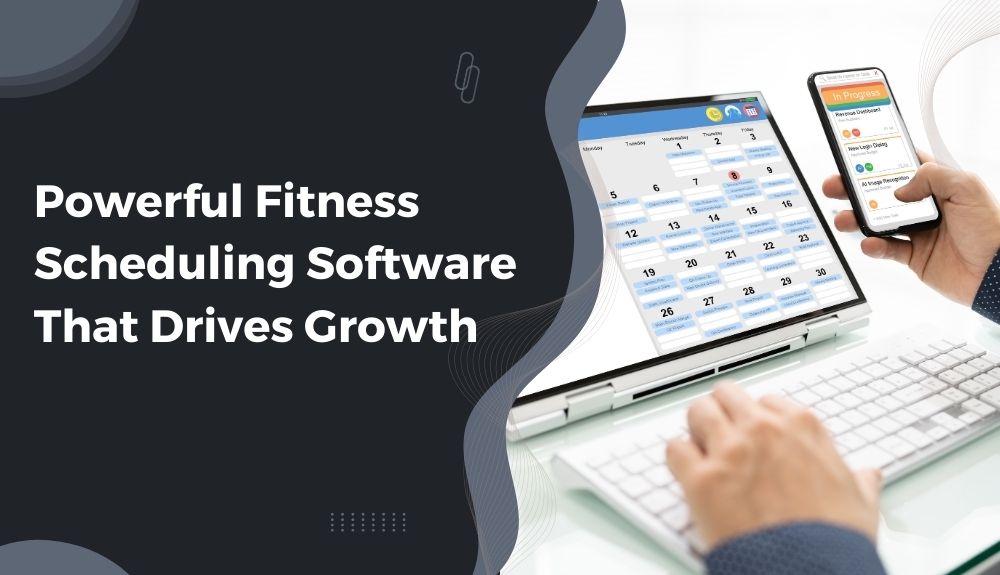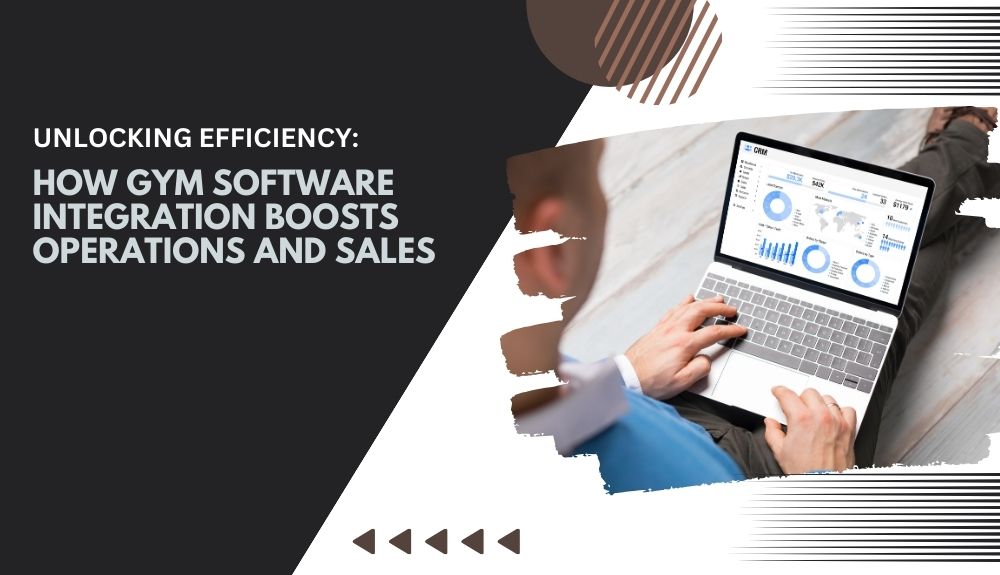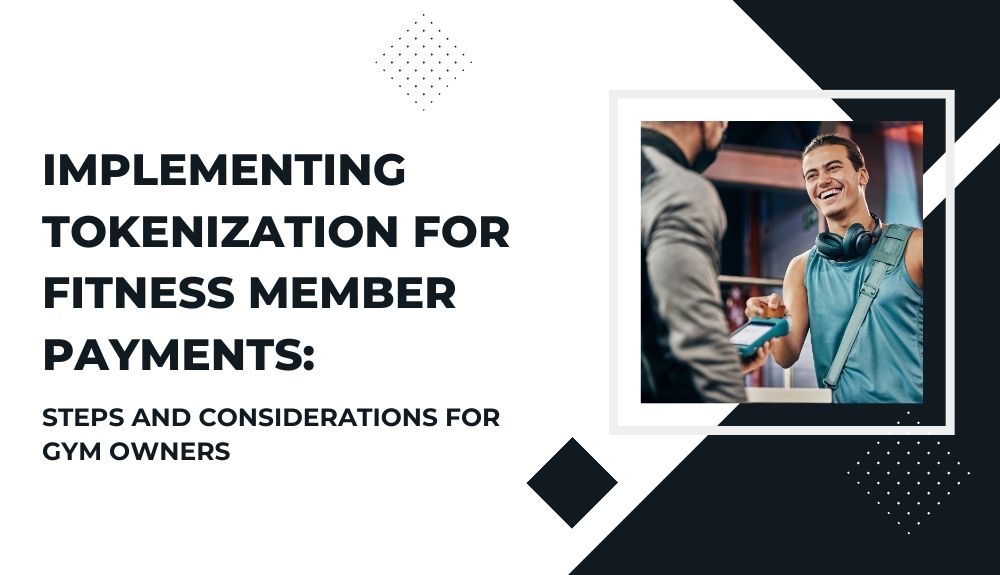If you own a small gym, you probably focus on keeping your members happy, running great classes, and growing your business. But there’s one cost that often goes unnoticed—Merchant Discount Rate (MDR). It’s a small percentage of each card transaction that goes to payment processors, but over time, those fees...
How to Use Payment Data to Predict Gym Member Retention
The fitness industry is highly competitive and to remain in merit it is quite important to retain members of the gym. Retaining existing customers is comparatively easier and cost-effective than approaching new customers as at times of seasonal fluctuations holding old customers is a good strategy for constant growth. Additionally,...
Why Mobile Payment Solutions Are Essential for Fitness Centers
In the rapidly evolving fitness industry, technology has become a crucial component of enhancing member experience, optimizing business operations, and staying competitive. One of the most significant technological shifts has been the rise of mobile payment solutions. These solutions enable fitness centers to offer convenient, secure, and flexible payment options...
What Forms of Payment Does Costco Accept?
When it comes to shopping at Costco, one of the largest warehouse retailers in the world, understanding their payment policy is essential. With a wide range of products and unbeatable prices, Costco has become a go-to destination for many shoppers. However, before you head to the checkout counter, it's important...
Bookkeeping Strategies For Gym & Fitness Studio Owners
Running a successful gym business requires more than just providing top-notch fitness services. It also involves effective financial management to ensure profitability and growth. Bookkeeping plays a crucial role in this aspect, as it helps gym owners track revenue, manage expenses, and make informed financial decisions. In this article, we...
The Benefits of Integrated Payment Systems for Fitness Centers
In today's fast-paced world, fitness centers are constantly seeking ways to streamline their operations, enhance member experiences, and increase revenue. One solution that has gained significant popularity in recent years is the implementation of integrated payment systems. These systems offer a wide range of benefits for fitness centers, including improved...
What is Good Pricing for a Fitness Merchant Account?
Setting the right pricing for a fitness merchant account is crucial for the success of any fitness business. A merchant account allows fitness businesses to accept credit and debit card payments from their customers, making it an essential tool in today's cashless society. However, determining the right pricing for a...
The Advantages of SwipeSimple Mobile Payments for Gyms
In today's fast-paced world, convenience and efficiency are key factors that drive customer satisfaction. This is especially true in the fitness industry, where gym-goers expect seamless experiences both inside and outside the gym. One way gyms can meet these expectations is by adopting SwipeSimple mobile payments, a cutting-edge payment solution...
My Square Account was Deactivated: What Should I Do?
Square is a widely used payment processing platform for small businesses, offering a range of services from point-of-sale systems to financial management tools. However, like any financial service, there are instances where accounts may be deactivated. If your Square account has been deactivated, it's crucial to understand the reasons behind...
Cleaning and Sanitizing POS Equipment for Fitness Businesses
In the fast-paced world of fitness businesses, cleanliness and sanitation are of utmost importance. With the constant flow of customers and the shared use of equipment, maintaining a clean and hygienic environment is crucial for the health and safety of both staff and clients. One area that often gets overlooked...
Starting a Fitness Business: Top 10 Steps to Follow
Starting a fitness business can be an exciting and rewarding venture for individuals passionate about health and wellness. However, it requires careful planning and execution to ensure success in a competitive industry. In this article, we will outline the top 10 steps to follow when starting a fitness business, covering...
Integrating Online Payment Systems for Fitness Memberships
Best Practices for Implementing Secure Online Payment Systems in Your Fitness BusinessIntegrating online payment systems for fitness memberships is a critical step for any fitness business looking to streamline its operations and enhance customer convenience. In today’s digital age, consumers expect seamless, secure, and efficient payment solutions that can be...
Navigating High-Risk Designation for Fitness Merchant Accounts
Understanding the Criteria for High-Risk Designation in Fitness Merchant AccountsNavigating High-Risk Designation for Fitness Merchant Accounts In the dynamic world of commerce, the fitness industry has carved out a significant niche, driven by an increasing awareness of health and wellness. However, businesses within this sector, particularly those offering memberships or...
Top POS Options for Gym Businesses
In today's competitive fitness industry, gym owners need to stay ahead of the game by implementing efficient and reliable point of sale (POS) systems. A POS system is a crucial tool that enables gym businesses to streamline their operations, manage memberships, process payments, track inventory, and enhance customer experience. With...
Payment Solutions for Fitness Studios and Gyms
The Benefits of Implementing Automated Payment Solutions for Fitness Studios and GymsIn today's fast-paced world, convenience and efficiency are key factors in running a successful business. This is especially true for fitness studios and gyms, where time is of the essence and clients expect a seamless experience. One way to...
Financial Fitness: Budgeting Strategies for Gym Owners
Welcome to the world of financial fitness for gym owners! Just like staying in shape physically, keeping your gym's finances in top condition is essential for long-term success. Budgeting strategies play a crucial role in ensuring the health and growth of your business. Let's dive into some practical tips and...
A Complete Guide to Legal Compliance for Fitness Businesses
Are you a fitness business owner navigating the complex world of regulations and compliance? Staying legally compliant in the fitness industry is not just a recommendation; it's a necessity for the success and longevity of your business. From product regulations to health and safety standards, understanding and adhering to these...
Streamlining Operations with Gym Management Software to Save Time and Increase Productivity
Are you tired of spending precious time managing your gym's operations manually? Picture this: a streamlined process where staff scheduling, payroll integration, and administrative tasks are all seamlessly handled by cutting-edge gym management software. Say goodbye to time-consuming paperwork and hello to increased productivity and efficiency in running your fitness...
Attracting and Converting Leads: Optimizing Your Gym Website
Welcome to the virtual doorway of your gym's success! Your website is not just a digital placeholder; it's a powerhouse for attracting and converting leads. In today's competitive fitness industry, having an optimized gym website can make all the difference in reaching your target audience and turning visitors into loyal...
The Ultimate Guide to Scaling Your Fitness Studio: Essential Tips and Strategies
Are you ready to take your fitness studio to new heights of success, attracting more clients and increasing your revenue along the way? Scaling your fitness business requires strategic planning, effective marketing, and the right tools. In today's competitive market, staying ahead means understanding essential tips and strategies to grow...
Boosting Membership Retention: The Power of Gym Loyalty Programs
Are you tired of seeing gym members come and go, never to return? Imagine having a loyal community of fitness enthusiasts who keep coming back for more, driving your gym's growth and success. This is where the power of gym loyalty programs shines bright, offering a proven strategy to boost...
Grow Your Gym: Implementing Effective Fitness Referral
Are you looking to grow your gym and attract new members? One powerful strategy that can help boost your membership numbers is implementing an effective fitness referral program. Referral programs not only incentivize your current members to spread the word about your gym but also create a sense of community...
Enhancing Member Engagement with Fitness Platform Solutions
Are you ready to take your fitness business to the next level? Member engagement is key in today's competitive market. Discover how fitness platform solutions can revolutionize the way you interact with your clients and enhance their overall experience. Let's dive in! Understanding Fitness Platform Solutions In the fast-paced world...
Mastering Inventory Management for Gym Businesses: Best Practices and Tools
Are you struggling to keep track of your gym's inventory effectively, juggling various equipment, supplements, and supplies? Efficient inventory management is the backbone of a successful gym business, ensuring you have the right products in stock at the right time while minimizing unnecessary costs. Imagine the peace of mind of...
How to Automate Your Fitness Business and Boost Growth: A Step-by-Step Guide
Are you a fitness business owner looking to revolutionize your marketing strategies? Imagine automating repetitive tasks, attracting new clients effortlessly, and boosting growth with just a few clicks. In today's fast-paced world, marketing automation isn't just a luxury but a necessity for staying ahead in the competitive fitness industry. Unlock...
12 Gym Membership Retention Strategies for Long-Term Success
Are you struggling to retain gym members and boost your fitness club's growth? Imagine a thriving gym community where members stay engaged, motivated, and loyal for the long haul. It's not just a dream; it's a goal you can achieve with the right strategies in place. In today's competitive fitness...
How to Leverage Automation to Boost Efficiency in Fitness Businesses
Are you ready to take your fitness business to the next level of efficiency and growth? Imagine a scenario where your gym runs like a well-oiled machine, effortlessly managing memberships, appointments, and marketing campaigns, all without missing a beat. This is the power of automation in the fitness industry -...
Elevate Your Gym’s Customer Experience with CRM Software
Are you tired of struggling to keep your gym members engaged and satisfied? Picture this: members signing up but gradually losing interest, leading to high churn rates. Don't fret; there's a solution! Imagine if you could understand each member's preferences, track their progress, and engage with them seamlessly. That's where...
Maximizing Your Fitness Business with Data Analytics: The Ultimate Guide
Are you ready to take your fitness business to the next level by harnessing the power of data analytics? Imagine being able to boost member retention, track performance trends, and make informed, data-driven decisions to propel your business forward. In today's competitive fitness industry, understanding the valuable insights that data...
Powerful Fitness Scheduling Software That Drives Growth
Are you struggling to streamline your fitness business operations efficiently? Imagine having a powerful fitness scheduling software at your fingertips, designed to not only drive growth but also enhance the overall customer experience. From optimizing class scheduling to automating bookings, the right software can revolutionize the way you manage your...
Unlocking Efficiency: How Gym Software Integration Boosts Operations and Sales
Are you ready to revolutionize your fitness center's operations and skyrocket your sales to new heights? Imagine a seamless operation where every aspect flows effortlessly, from scheduling classes to managing memberships, all while optimizing efficiency and enhancing customer satisfaction. In today's fast-paced fitness industry, staying ahead of the curve is...
Implementing Tokenization for Fitness Member Payments: Steps and Considerations for Gym Owners
Welcome to the future of fitness member payments! As a gym owner, staying ahead of the game in payment processing can make a world of difference in streamlining your operations and enhancing member experience. Enter tokenization – a powerful tool revolutionizing how gyms handle transactions securely and efficiently. In this...
Top Things to Know When Starting a Fitness Center or Gym
If you've ever considered starting a fitness center or gym, where individuals can improve their fitness and well-being, there are key factors you should be aware of. Launching a fitness center or gym is like a system where products and services combine together to create a business. For that, you...
5 Things to Consider Before Starting a Boot Camp Business
A boot camp is a type of special group training program meant for both men and women to improve their fitness levels. It involves a combination of aerobic exercises, strength activities, and other elements which can help experience the desired outputs. Gyms willing to set up the boot camp fitness...
LENDER ARE DEALING WITH EMERGING PPP LOAN FRAUD
Sometimes last month, a bank in Rhode Island bank was given an application for the sum of $144,050 loan under the Paycheck Protection Program (PPP). PPP happens to be an enormous federal effort that is designated to assist many small businesses that are severely affected by the Coronavirus pandemic. PPP...



